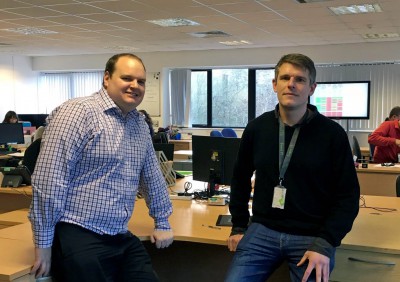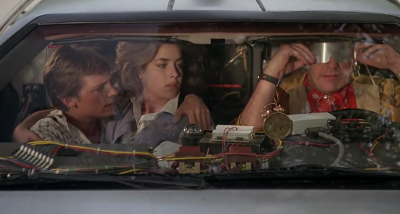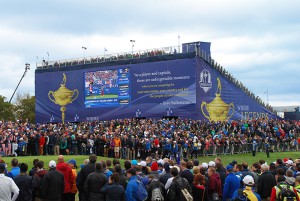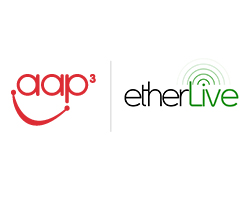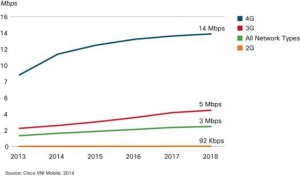Welcome to the event technology myth busters! Just like the popular American show (Mythbusters – check it out!) we will be taking myths we hear about from customers and proving, once and for all, if they are true, busted or plausible!
GPRS (mobile phone) PDQ systems are unreliable at events – TRUE
GPRS payment terminals are designed to connect to the same technology as your mobile phone so it stands to reason if your mobile phone is working it will, right? Right. Generally, GPRS networks operate really well and the unit works all over the place. The exception to this, unfortunately for those in the events industry, is that when the mobile phone network suffers from overload the terminals will have the same issue as you making a call. The majority of the mobile phone network is designed for large scale coverage area, not high density (such as 30,000 people in a field). If you are going to try and use a PDQ terminal in this type of situation it is much better to hire a cabled or Wi-Fi terminal as part of the event provision at the same time as you request services such as power.
Optic Fibre internet is always expensive – BUSTED
Optic fibre internet (sometimes called leased lines) is the best type of connectivity. It’s dedicated (just for you), has a fast support process and is generally very reliable. If your home broadband is like a B Road (narrow, busy and sometimes blocked unexpectedly) then optic fibre is the three lane motorway. Getting a motorway to your door can be expensive but for many locations it is now cost effective, especially over 3 or 5 years. Tricks to keeping the costs down? Order early, order from the right supplier and plan for the future, for example order a link with the highest capacity possible, just run it at a slower speed until you need more.
You can generate good revenue from charging for use of public Wi-Fi networks – BUSTED
It seems so obvious – deploy a public Wi-Fi network at an event and attendees will flock to it and pay to get a good service when the mobile networks become overloaded. Unfortunately, this isn’t the case as attendees are cautious about public Wi-Fi and do not like paying for it. This should not be a surprise considering most other public Wi-Fi in cafes, shopping centres, etc. is free at point of use or users get free access via an existing account such BT or Vodafone. Then add in the fact that at most events the attendee is paying to enter the event and you can see why they are reluctant to pay again.
Recovering the cost of deploying public Wi-Fi has to be a lot more creative – it is all about the content and the usage data. Lots of platforms out there now quickly and effectively collect marketing information from those using the service, such as email addresses, social media information, sites visited, etc. All of which can either be used for your own or other activations. Those using the networks need to agree, but many do once they appreciate the service has to be paid for in some way!
That’s it for this issue! More to come over the next few weeks including; Do all venues have sufficient internet access? Can wireless networks be customised with logos and text? Does streaming always suffer from site unless it has its own connection? Is satellite internet a good option for all events?


